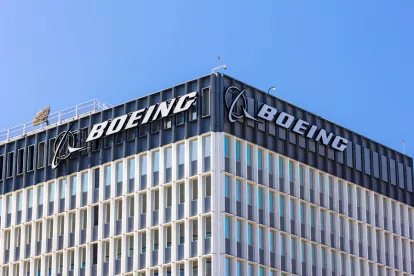Employers breathed a collective sigh of relief at the end of last year when the National Labor Relations Board (NLRB) announced that it had overruled the agency’s infamous 2011 Specialty Healthcare decision that made it easier for unions to form “micro-units” (i.e., organize smaller segments of workforces at company sites).
For those unfamiliar with micro-units, when filing an election petition with the NLRB, a union must identify a legally appropriate group of employees (i.e., the “bargaining unit”) it seeks to organize. Historically, all-inclusive “wall-to-wall units” (e.g., production and maintenance employee units) were favored by the NLRB. In contrast, micro-units are fractional. Generally, they seek to decrease the size of the unit and make organizing easier. For example, a union could believe it has ample support in a manufacturing plant among maintenance employees, but not production employees, so it could seek to only represent the maintenance workers – in which case the employer would be left dealing with a labor agreement only applying to half of the workforce and likely resulting in inequities among its employees. The NLRB previously often disapproved of micro-units, but Specialty Healthcare altered the NLRB’s legal standard regarding bargaining units and made it easier for unions to seek such units. Specifically, the NLRB held in Specialty Healthcare that an employer opposing a micro-unit had to show the “larger” unit desired by the company shared an “overwhelming community of interest” with the smaller unit sought by a union – an almost impossibly high standard. Specialty Healthcare resulted in fractured units around the country and many headaches for employers.
Notwithstanding the abandonment of Specialty Healthcare last year, micro-units still pose a potential threat to companies. For example, just last week, 180 technicians at a Boeing plant in South Carolina voted to have the International Association of Machinists and Aerospace Workers become their bargaining representative. There are approximately 7,000 employees at the facility, and the union failed on two prior occasions in previous, recent years to have all employees at the site be represented. Not to be deterred, the union then targeted this smaller subgroup (i.e., micro-unit) and now has a foothold at the facility. The fact that a subset of workers is now represented by a union could result in a fracturing of the workforce and having employees at the facility being subjected to different terms and conditions of employment. Boeing is expected to challenge the micro-unit determination to the full NLRB (the Trump Board has not yet substantively reviewed the micro-unit determination at issue in the case), so there is some hope the result will be reversed.
This case will be important to watch as it continues to unfold, and it serves as a reminder employers must continue to evaluate how to stave off potential micro-unit determinations at any sites where they may be vulnerable to union organizing attempts. Stay tuned.




 />i
/>i

